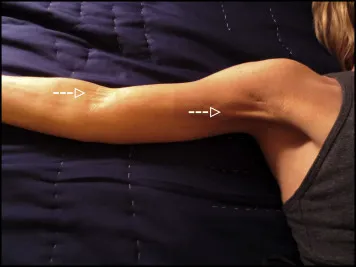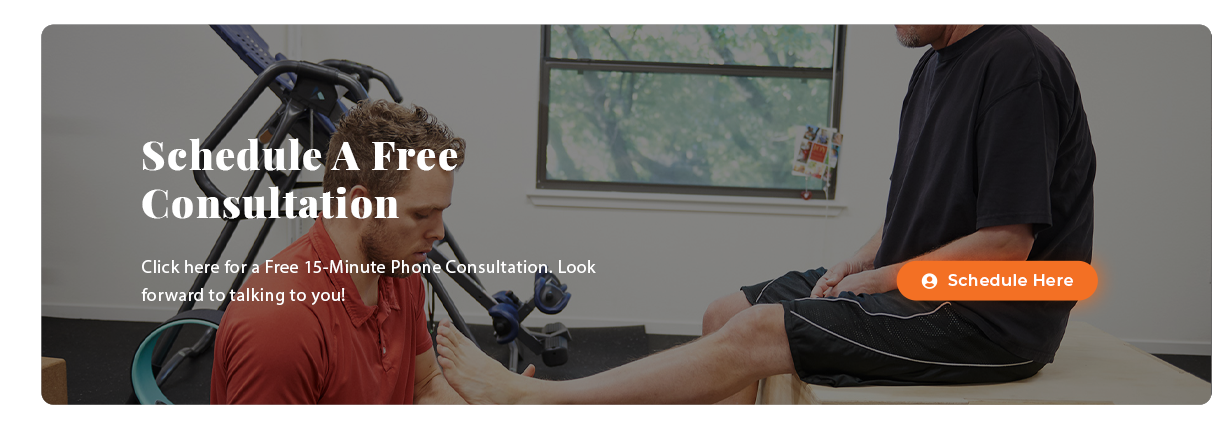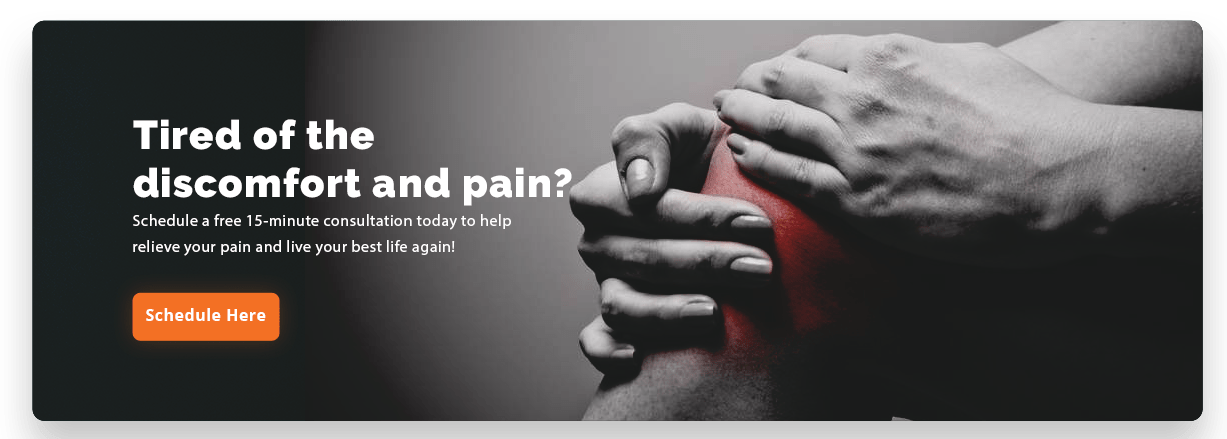“Having had cancer, one important thing to know is you’re still the same person at the end. You’re stripped down to near zero. But most people come out the other end feeling more like themselves than ever before.” —Kylie Minogue
Breast cancer is the most common cancer among women in the United States, aside from skin cancers. It’s been estimated that approximately 13 percent of the female population in the U.S. – or 1 in 8 women – will develop breast cancer in their lifetime.
Axillary Web Syndrome (AWS) is a side effect of breast cancer surgery. It can develop after the removal of the lymph nodes from the armpits. The condition involves the development of scarring or connected tissue under the arm. AWS, or cording, can be painful and limit the range of motion in the affected arm.
The incidence of Axillary Web Syndrome has been reported to range widely from just 4 percent to as much as 85 percent, depending on the duration and frequency of postoperative follow-up and the type of axillary surgery. The majority of studies report AWS occurrence within eight weeks of breast surgery.
The Pain of Axillary Web Syndrome
Axillary web syndrome (AWS), also known as cording, is a condition that commonly occurs after breast cancer surgery or lymph node dissection in the axilla (armpit). It is characterized by the formation of tight, painful cords in the axillary area, which restricts the range of motion and causes discomfort.
Patients complain of pain with abduction and limited function and range of motion in the affected extremity. According to the National Institutes of Health (NIH) the primary symptoms of AWS are pain, feelings of tightness in the axilla, and associated restricted range of motion, particularly in abduction, although not all patients with AWS will be symptomatic.
While treatments are available, the pain can sometimes re-occur.
As the website at Breastcancer.org points out,
“Fortunately, cording usually resolves for most people after a few therapy sessions, or at least within a few months. It’s possible to have a limited range of motion for many months or even longer, but that’s not typical. For some people, cording may get better and then come back later.”
The organization goes on to note that researchers are still studying what exactly makes cording happen. Some experts believe that the surgery on the underarm and chest area traumatizes the connective tissue that encases nearby bundles of blood vessels, lymph vessels, and nerves. This trauma leads to inflammation, scarring, and eventually hardening of the tissue. This hardening can spread down the fibers of the connective tissue, which causes the cords to form.
The good news is that there are several approaches that can be used to help relieve and, in some cases, eliminate the pain of AWS.

Bring an End to Axillary Web Syndrome Pain
Pain relief for axillary web syndrome involves a multimodal approach aimed at reducing pain, improving mobility, and promoting healing. Here are some of the most common approaches and treatments for AWS.
- Physical therapy: Physical therapy plays a vital role in the management of axillary web syndrome. A skilled physical therapist can provide manual techniques such as myofascial release, soft tissue mobilization, and stretching exercises to help break down the tight cords and improve the range of motion. They may also employ modalities like heat or cold therapy, ultrasound, or electrical stimulation to alleviate pain and promote healing.
- Lymphatic drainage: Lymphatic drainage techniques, such as manual lymphatic drainage (MLD), can be beneficial in reducing the swelling associated with AWS. MLD involves gentle, rhythmic massage movements that stimulate the flow of lymphatic fluid and help to clear out any congestion in the affected area. By reducing swelling, MLD can alleviate pain and improve mobility.
- Nonsteroidal anti-inflammatory drugs (NSAIDs): NSAIDs like ibuprofen or naproxen sodium are commonly recommended for pain relief in AWS. These medications help reduce inflammation, relieve pain, and improve function. However, long-term or excessive use of NSAIDs may have side effects, so it’s essential to consult with a healthcare professional before using them regularly.
- Topical analgesics: Topical creams or gels containing analgesic agents such as lidocaine or capsaicin can provide temporary pain relief in AWS. These products are applied directly to the affected area and work by numbing the nerves or desensitizing them, thereby reducing pain signals.
- Therapeutic ultrasound: Therapeutic ultrasound is a treatment modality that uses high-frequency sound waves to generate deep heat within the tissues. This heat can help relax muscles, improve blood circulation, and alleviate pain in the affected area. Therapeutic ultrasound is often used in conjunction with other physical therapy techniques for AWS.
- Massage therapy: Massage therapy can be beneficial for relieving pain and improving tissue flexibility in AWS. Skilled massage therapists can employ various techniques, such as Swedish massage or deep tissue massage, to target the affected area and alleviate pain. Massage also promotes relaxation and enhances overall well-being.
- Patient education and self-care: Educating patients about AWS and providing self-care strategies are essential components of pain relief. Patients should be instructed on gentle stretching exercises, self-massage techniques, and the use of heat or cold therapy at home. Additionally, they should be encouraged to practice proper posture, avoid excessive strain on the affected arm, and follow any postoperative care instructions given by their healthcare providers.
It’s important to note that the severity and duration of AWS may vary from person to person, and treatment approaches should be tailored to individual needs.
A multidisciplinary approach involving physical therapists, pain specialists, and oncology healthcare providers is often recommended to develop an effective pain management plan. By combining these various approaches and treatments, individuals with AWS can experience pain relief, improved mobility, and a better quality of life.
Becoming Pain-Free with Pain and Performance Solutions
One of the best steps for not only finding relief from your pain but also becoming pain-free, is to make an appointment with Pain and Performance Solutions and let us get to know you and your pain issues.
Once you make your first appointment, we’ll want to learn about your present discomfort as well as any history of pain. After providing you with a full examination, we can determine which form of treatment is needed to help you on your road to recovery.
Getting chronic pain relief with therapies such as Proprioceptive – Deep Tendon Reflex (P-DTR®) and Active Release Technique® (ART®) begins once we understand where your pain started.
Your trust in us and your openness is key. Getting your body healthy and working properly is the only way to achieve total recovery. So, don’t hesitate to reach out. We are here to help and will answer any and all questions that you may have.
You can reach us at (707) 636-4404 or by filling out our online contact form.


